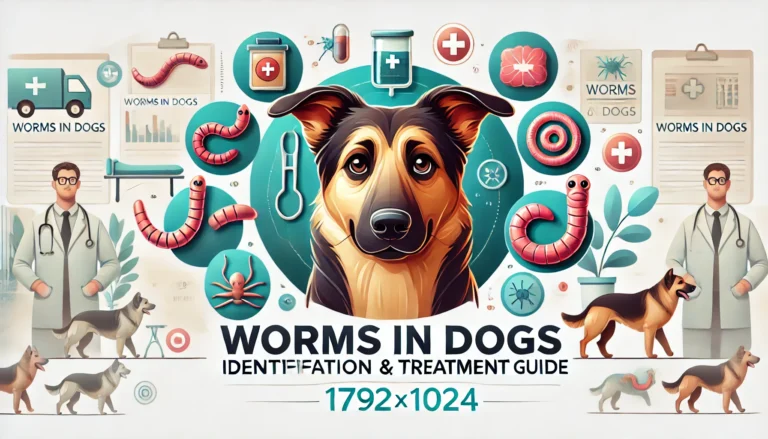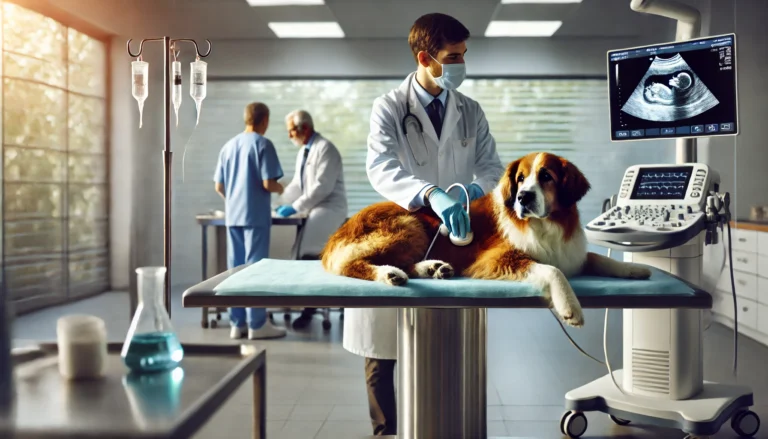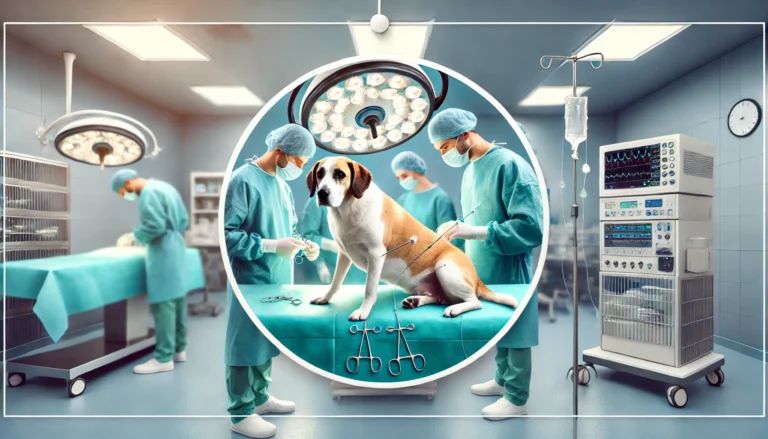How to Determine If Your Dog’s Lump Is Cancerous
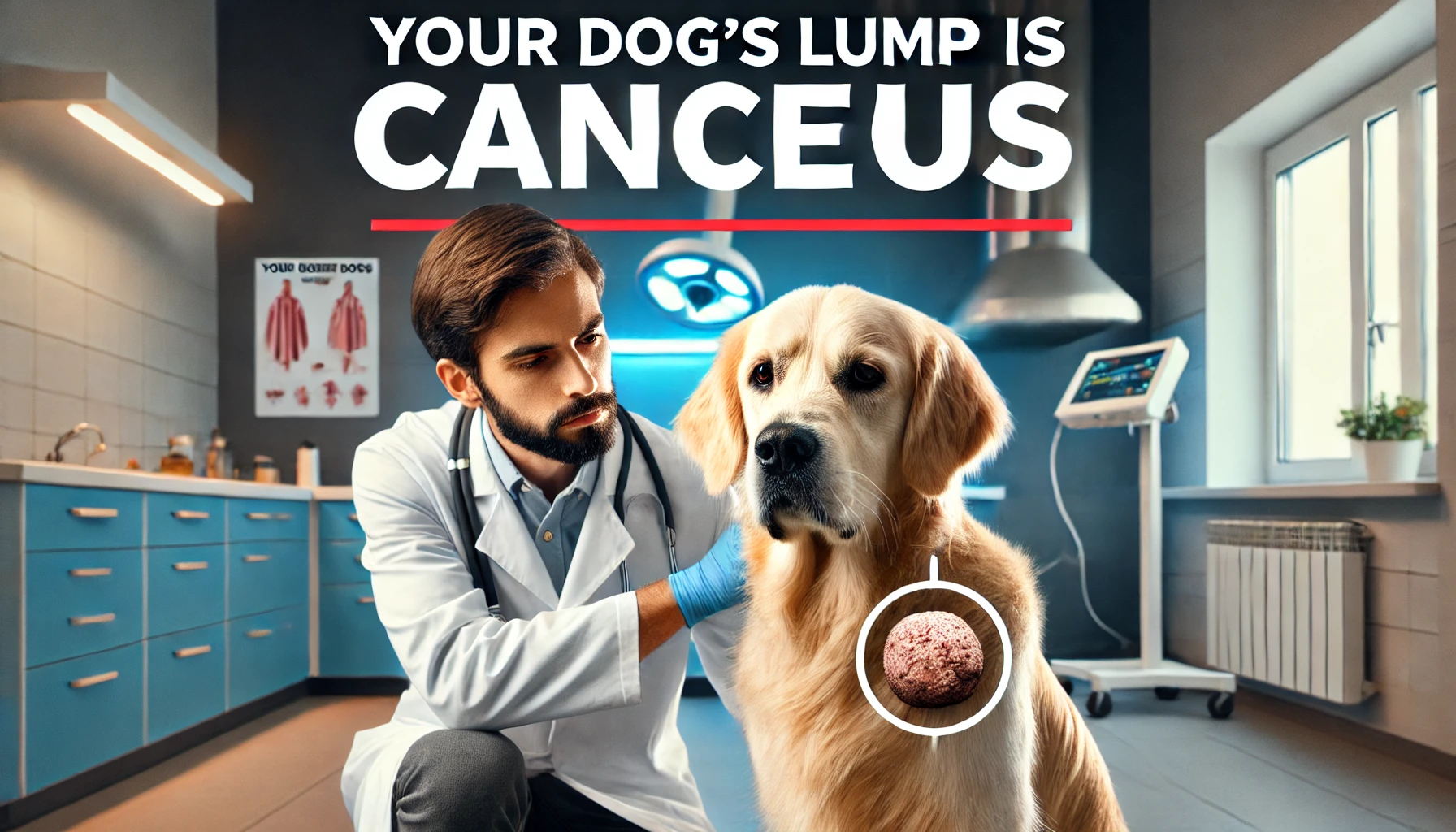
A Comprehensive Guide
Dog’s Lump Is Cancerous, Discovering a lump on your dog can trigger a flood of concern and questions. What could it be? Is it something harmless like a cyst, or is it a sign of cancer? In this extensive guide, we’ll explore the signs, types, and diagnostic measures needed to determine if your dog’s lump is cancerous. We’ll also discuss treatment options and what you can do to ensure the best care for your pet.
Initial Discovery: What to Do When You Find a Dog’s Lump Is Cancerous
Dog’s Lump Is Cancerous, Finding a lump on your dog can be worrisome. The lump could be anything from a benign fatty tumor (lipoma) to a malignant mass that could threaten your dog’s health. Here’s what you should do:
1. Examine the Lump
Dog’s Lump Is Cancerous, Gently feel the lump, noting its size, shape, texture, and whether it moves under the skin. Lumps that are hard, immovable, rapidly growing, or change in color and texture could be a sign of cancerous growths, such as malignant skin tumors or a cancerous cyst on your dog.
2. Monitor Changes
Dog’s Lump Is Cancerous, Keep track of any changes in the lump. Take notes or photos if necessary to help your veterinarian understand how the lump has progressed. Signs of malignancy in dogs include lumps that grow quickly or become ulcerated.
do you know
DHPP Vaccination for Dogs, When it comes to keeping your furry friend healthy and safe, the DHPP vaccine, also known as the 5-in-1 vaccine or the five-way shot for dogs, is an essential tool in your pet care arsenal. This comprehensive guide delves into everything you need to know about this vital vaccination, from its components to its schedule, and even its side effects.
3. Consult Your Veterinarian
Dog’s Lump Is Cancerous, Schedule an appointment with your veterinarian. They can perform an initial assessment and recommend further tests such as biopsies or imaging to diagnose the nature of the lump accurately.
Understanding Different Types of Lumps
Dog’s Lump Is Cancerous, Dogs can develop various types of lumps and bumps throughout their lives. Here’s a breakdown of the most common types and what they could mean:
1. Benign Lumps
- Lipomas: These are common fatty tumors that are usually soft and movable. They’re generally not painful and are considered benign.
- Cysts: Cysts, including sebaceous cysts and follicular cysts, are typically harmless unless they become infected.
- Warts: Older dogs often develop warts, which are benign and caused by a viral infection.
2. Cancerous Lumps
- Mast Cell Tumors: These can vary in appearance and may sometimes mimic benign lumps. They can be aggressive and may require prompt treatment.
- Melanomas and Squamous Cell Carcinomas: These skin cancers can appear as lumps and are more serious, especially if they grow rapidly or ulcerate.
- Sarcomas: These are malignant tumors that can arise from various tissues, including bone and muscle, and tend to be hard and immovable.
Diagnostic Steps to Determine if a Lump Is Cancerous
Dog’s Lump Is Cancerous, If you notice a lump on your dog’s skin, the following diagnostic steps are crucial:
1. Physical Examination
Your vet will examine the lump, looking for signs like its hardness, attachment to underlying tissues, and whether it has affected nearby lymph nodes.
2. Fine Needle Aspiration (FNA)
This minimally invasive procedure involves using a fine needle to extract cells from the lump for cytological examination.
3. Biopsy
A biopsy is more invasive than an FNA but provides a definitive diagnosis. This involves removing a piece of the lump or the entire lump for histopathological examination.
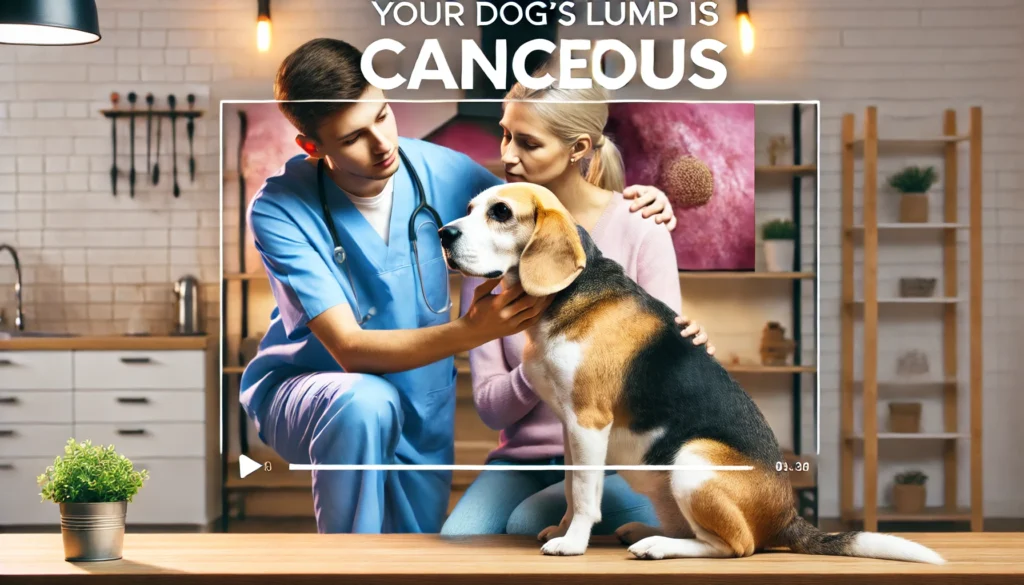
4. Imaging
Imaging studies such as X-rays, ultrasound, or MRI can help determine if the cancer has spread to other parts of the body.
Treatment Options
The treatment for a cancerous lump will depend on the type, size, location, and whether the cancer has spread. Options include:
1. Surgery
The primary treatment for localized lumps is surgical removal. This can be curative for many types of tumors if caught early.
2. Radiation Therapy
For tumors that cannot be fully removed surgically, radiation therapy can be used to kill remaining cancer cells.
3. Chemotherapy
Chemotherapy may be recommended if there is a significant risk of cancer spreading or if it has already metastasized.
Coping with the Diagnosis
Dealing with a cancer diagnosis in your dog can be emotionally challenging. It’s important to work closely with your veterinarian to understand the diagnosis and your dog’s treatment options. Support groups and counseling can also help manage the emotional stress during this time.
Conclusion
Dog’s Lump Is Cancerous, Determining if your Dog’s Lump Is Cancerous starts with prompt veterinary consultation and follows through with appropriate diagnostics and, if necessary, treatment. By understanding the types of lumps that can develop and the signs of cancerous conditions, you can better prepare to take swift and effective action to care for your pet.
How to tell if a Dog’s Lump Is Cancerous?
Dog’s Lump Is Cancerous, Identifying whether a lump on a dog is cancerous involves a few steps. Firstly, observe the growth rate and appearance: cancerous tumors often grow rapidly and may change shape. Secondly, the texture is crucial; malignant lumps may feel firm or irregular and might be fixed to the tissue. However, the only definitive way to confirm if a lump is cancerous is through veterinary diagnosis, including a biopsy or cytology, where cells from the lump are examined microscopically for signs of cancer cells.
How to tell the difference between a fatty lump and cancer in dogs?
Dog’s Lump Is Cancerous, Fatty lumps, or lipomas, are typically soft, movable under the skin, and non-painful. They generally do not cause overlying skin changes and grow slowly. In contrast, cancerous lumps might grow rapidly, appear irregular, and may be fixed to deeper tissues. They can sometimes cause discomfort or be accompanied by skin changes. A veterinary examination, including a fine needle aspirate, can help distinguish between benign and malignant lumps by analyzing the cells from the lump.
What percentage of Dog’s Lump Is Cancerous?
Dog’s Lump Is Cancerous, Not all lumps on dogs are cancerous; in fact, a significant number are benign. It’s estimated that around 20-40% of lumps and bumps found on dogs are malignant or cancerous. The likelihood of a lump being cancerous can depend on various factors, including the dog’s age, breed, and the location and growth pattern of the lump. Regular check-ups with a vet can help in early detection and treatment.
What do non-cancerous lumps on dogs look like?
Dog’s Lump Is Cancerous or Non-cancerous lumps on dogs, such as lipomas or sebaceous cysts, generally appear as soft, rounded, and movable masses under the skin. These lumps are usually slow-growing and don’t cause pain or discomfort to the dog. They might remain the same size for a long time and do not affect the overlying skin. However, any new lumps should be checked by a veterinarian to rule out malignancy.
Are tumors in dogs hard or soft?
Tumors in dogs can vary in consistency; they can be hard or soft depending on their type and origin. Benign tumors like lipomas are usually soft and movable. In contrast, malignant tumors such as osteosarcomas are often hard and may be attached to the underlying bone or tissue, making them immovable. Always consult a veterinarian if you detect any new or unusual growths on your dog.
Are cancerous lumps hard or soft?
Dog’s Lump Is Cancerous, Cancerous lumps can be either hard or soft. The consistency of a tumor does not conclusively determine its nature. However, malignant lumps often have a firmer, more irregular feel and are more likely to be fixed in place than benign lumps. Some soft lumps can also be aggressive cancers, like certain sarcomas. A veterinary evaluation is essential for an accurate diagnosis.
How do dogs act with cancer?
Dogs with cancer can exhibit a variety of symptoms depending on the type and stage of the disease. Common signs include lethargy, weight loss, changes in appetite, persistent coughing or difficulty breathing, visible tumors or swelling, and chronic pain or discomfort. Behavioral changes, such as increased aggression or withdrawal, can also occur. Early veterinary diagnosis and treatment are crucial for managing cancer in dogs.
Do dogs with cancer drink more water?
Increased water consumption can be a symptom of cancer in dogs, especially for cancers involving the kidneys or urinary bladder, or cancers that lead to hormonal changes affecting water regulation in the body. However, increased drinking is a non-specific symptom and could be indicative of other health issues as well. If you notice significant changes in your dog’s drinking habits, it’s important to consult a veterinarian.
How to tell if it’s a lipoma or cancer?
Distinguishing between a lipoma and a malignant tumor through visual inspection and palpation can be challenging. Lipomas are typically soft, painless, and mobile under the skin, whereas malignant tumors might be firm, irregular, and adhered to underlying tissues. The most reliable method to differentiate is by veterinary examination and diagnostic tests like a fine needle aspirate or biopsy.
How fast does a cancerous lump grow on a dog?
The growth rate of a cancerous lump on a dog can vary widely depending on the type of cancer. Some malignant tumors, like fast-growing sarcomas or mast cell tumors, can appear and grow quickly over days to weeks. Others might grow slowly at first and then rapidly increase in size. Any new or fast-growing lump should be evaluated by a veterinarian as soon as possible.
Can dogs have harmless lumps?
Yes, many lumps found on dogs are harmless and non-cancerous. Common benign lumps include lipomas (fatty tumors), sebaceous cysts, and warts. While these lumps may not require immediate treatment, it is important for a veterinarian to examine any new growths to ensure they are not malignant.
Can dogs survive cancerous lumps?
Survival rates for dogs with cancerous lumps vary depending on the type of cancer, the extent of spread, and the timing and effectiveness of treatment. Some localized cancers, if detected early and removed surgically, can be cured. Other types might be manageable with chemotherapy or radiation, extending quality life even if not curative. Early detection and intervention are key to improving survival chances
How do I know if a lump on my dog is serious?
A lump on your dog may be serious if it grows rapidly, changes in shape or color, is painful to touch, causes changes in your dog’s behavior or health, or is accompanied by other symptoms like weight loss or lethargy. Any such changes should prompt a veterinary check-up to determine the nature of the lump and necessary treatment.
How to shrink a dog lipoma naturally?
While there is no proven natural cure for shrinking lipomas, maintaining a healthy weight and diet for your dog can help manage the size and prevent new ones from forming. Some pet owners use supplements like turmeric or omega-3 fatty acids, claiming they help reduce the size of lipomas, but these methods are not scientifically verified. Always consult with a veterinarian before starting any new treatment regimen for your pet.




